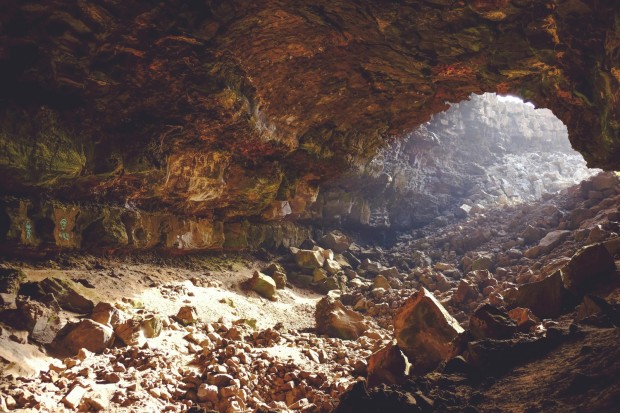A fallout shelter can be a vital refuge for survival during war. Building one doesn't have to be complex or expensive. By following these few easy steps, you can create a budget-friendly shelter to protect yourself and your loved ones.

(Photo : Unsplash/Ksenia Kudelkina)
Step 1: Choose the Location
To maintain confidentiality, the location must be where you will feel secure and private. If you want to protect the structural integrity of your bunker, you should steer clear of any location close to vast bodies of water because these areas are more prone to flood. Similarly, stay away from any combustible location.
When excavating, an area surrounded by trees and vegetation should be avoided whenever possible. There will reportedly be an intricate network of roots that is difficult to eradicate if you operate close to trees. In addition to this, damaging the surrounding topography by chopping through these roots can be a problem.
Step 2: Dig
Start by digging a trench that is three feet wide and five feet deep. Accordingly, the length requirement for 'Nuclear War Survival Skills' is 11 feet for four individuals and three feet for each additional person. Moreover, dig a staircase or a slope that leads down into the main area, and make sure the entrance is five feet long.
To assist in air circulation, create an air circulation trench that is five feet long and dig it at the opposite end of the trench. This trench should be dug slightly below the ground's surface, and at the end of it, there should be an aperture leading to the surface. Additionally, the space, essentially a crawl space and can also serve as an emergency exit for smaller people, should be around two feet wide and three and a half feet deep.
Step 3: Pick the Right Bunker Building Material
Take precautions to ensure that the shelter is constructed from a sturdy material that will not disintegrate when digging into the ground. It is important to note that not all building materials are created equal, particularly when constructing those underneath. Among the most often used materials in construction are metal sheets, bricks, and concrete.
Also Read: Top 7 Building Code Violations That Commonly Occur on Construction Sites
Step 4: Place Waterproof Material on Top
By constructing an overhead canopy and placing waterproof material over each end of the shelter, you can ensure that your shelter will remain dry and can collect any flying debris. A basic waterproof tarp measuring three feet by eleven feet should cost between twenty and forty dollars.
Step 5: Cover Open Spaces
Cloth, leaves, or any other readily available material should be used to fill any open area between the logs of your shelter to prevent dirt from falling through the gaps between them.
Step 6: Consider Other Finishing Touches and Safety Measures
Construct a mound 18 inches in height at its apex, utilizing the previously excavated soil, atop the logs or poles. Enclose the soil with plastic sheeting or an alternative impermeable material. Then, add 18 inches of dirt on top of that. It is reportedly possible to soundproof both your roof and your walls. In this manner, your bunker will remain undetected even if loud music is playing and it is close to the water's surface. Do not live in dread and be compelled to speak in a whisper.
Related Article: Key Strategies to Unlock Success in Construction Financial Management







